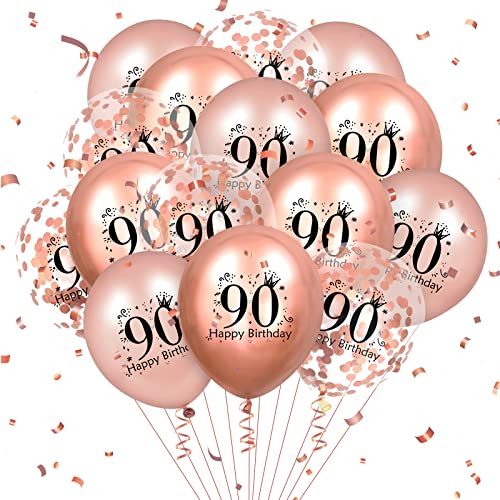Why are women still so underrepresented in positions of power? In the United States, for example, why do women still make up only a meager 10 percent of people running Fortune 500 companies? Take heart, there’s always a reason.
(Content warning: this article, just out in the Harvard Business Review, may raise your blood pressure.) The authors of “Women in Leadership Face Ageism at Every Age” surveyed 913 US women leaders across four industries (higher ed, faith-based nonprofits, law and health care). Their conclusion? “There was always an age-based excuse to not take women seriously, to discount their opinions or to not hire or promote them.”
- Women under age 40 are patronized or face a “credibility deficit.” That’s what’s happening “if ever you’ve been asked, ‘Are you sure that’s right?’ or been disbelieved after making a statement,” explains researcher Amy Diehl, PhD, who coined the term with Leanne M. Dzubinsk, PhD, for their book Glass Walls: Shattering the Six Gender Bias Barriers Still Holding Women Back at Work (2023). The two coauthored this study with Amber L. Stephenson, PhD.
- Hoping for a sweet mid-career spot? For women, there’s no such thing. “Women between ages 40 and 60 in our study fared no better than their younger or older counterparts,” the authors found. Fertility’s a problem (“too much family responsibility”), as is its demise (“menopause-related issues” could be “challenging to manage”).
- Over 60? Expect to be passed over. Because you’re unworthy, unattractive, “not vital,” outdated …
In other words, “No age was the right age to be a woman leader.”
One clarifier: the authors describe this discrimination as “youngism,” “middle-ageism,” and “oldism.” Those categories distract and divide. It’s all ageism—which is any judgement on the basis of age—and as this study documents so well, all women are up against it, all the damn time. Unlike our male counterparts, who spend decades “in their prime,” women get no prime time. First we’re too cute; then we’re too fertile; then we’re not cute or fertile and that’s all he wrote.
But wait! It’s not just age. Women are often perceived as “never quite right” across a range of other traits as well. As the researchers wrote in a separate article for Fast Company, “30 critiques holding women back from leadership that most men will never hear,” just about any characteristic was used to question a woman’s competence and leadership potential. They were “too short or too tall, too pretty or too unattractive or too heavy. They had too much education or not enough.”
Women lost out because they were single. Or married. Or divorced. Introverts didn’t have what it takes to run an organization, and extroverts were “aggressive.” Racial bias made barriers to promotion even higher for women of color. Ableism was yet another hurdle.
The authors of the study urge individual women not to take this personally. To resist our conditioning to internalize criticism as something to “fix” about ourselves. To contextualize the comment by “flipping” it: yes, men face workplace bias too, but when’s the last time one was asked to smile more? Or denied a promotion for becoming a father?
Yes, organizations can do better. They can recognize gendered ageism, which is still largely absent from DEI agendas. They can focus on actual skills (imagine that!) when hiring or promoting. They can foster age-diverse teams.
But the workplace won’t change without culture change. If men were gonna change things, they woulda. “The personal is political” was a feminist rallying cry in the 1970s. In other words, don’t take it personally, take it politically. It’s so not about you. It’s about the double whammy of gendered ageism, which disempowers all women. It’s about patriarchy: a system in which men have more power and use it to hold onto it. And it’s about prejudice, which pits us against each other and distracts us from the fact that all women face the same barriers all our lives—ageism, sexism and patriarchy.
That’s what’s going on when women vie for the few “seats for women,” instead of going after all the damn seats. Or when older and younger colleagues treat each other badly because they resent how unfairly social and professional capital are allocated. Being young is hard! So is aging while female! What makes both so much harder than they ought to be? Overarching systems: ageism, sexism and patriarchy.
Solidarity is a pact, a commitment to taking responsibility for each other and joining forces across difference. The sisters of this sisterhood must represent all ages. All races too, I hope. The women’s movement has long focused on issues that predominantly affect white women. We white women need to change that.
White women need to relinquish our white privilege; keep in mind that problems play out differently for different people; learn how to be allies; accept that outcomes will differ from what we might have chosen; and act in ways that that don’t come at the expense of other women.
Recent US history offers harsh lessons. Middle-class white women were instrumental in electing, and attempting to re-elect, an overtly racist president who bragged about degrading and sexually assaulting women. The people who’ve benefited most from the affirmative action policies struck down in June by the Supreme Court are white women, yet most white women oppose it. They see race before gender. They choose the shelter of whiteness over liberation for their sisters—and true liberation for themselves.
“Leaning in” to crack the glass ceiling perpetuates patriarchy; it will never set us free. The gender wage gap, for example, has barely budged in decades. Shocker: it widens as women age.
Those of us who want equal rights for all women need to come together in outrage, resistance and ongoing collective action. A workforce—and a world— that advance women of color are better for everyone.



